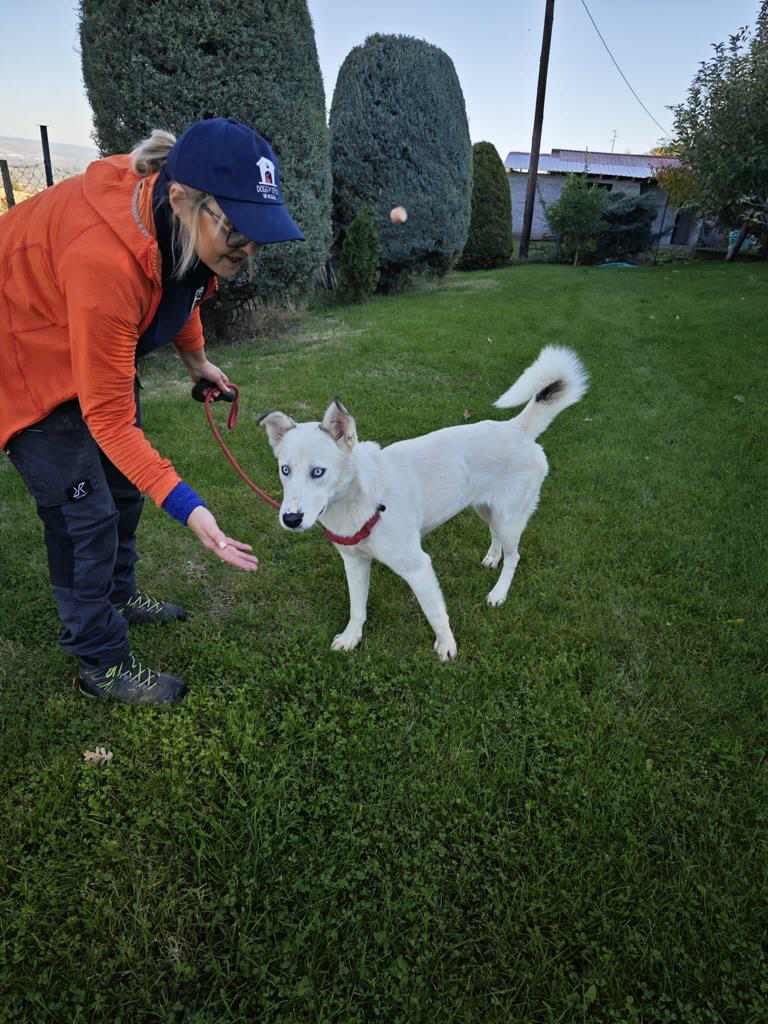
You will need a set of items for walking the dog safely and for training, if dogs are arriving into kennels we can offer a fitting service for this but if dogs are arriving directly to your home then we will need to inform you of what is needed.
Firstly a slip lead. This is needed to hand to the driver to get your dog safely off the van, we suggest that this can be further used for training heel work and also left on as an indoor training tool inside the house. A softer lead will be more comfortable and will need a toggle on that can be moved up and down the lead.
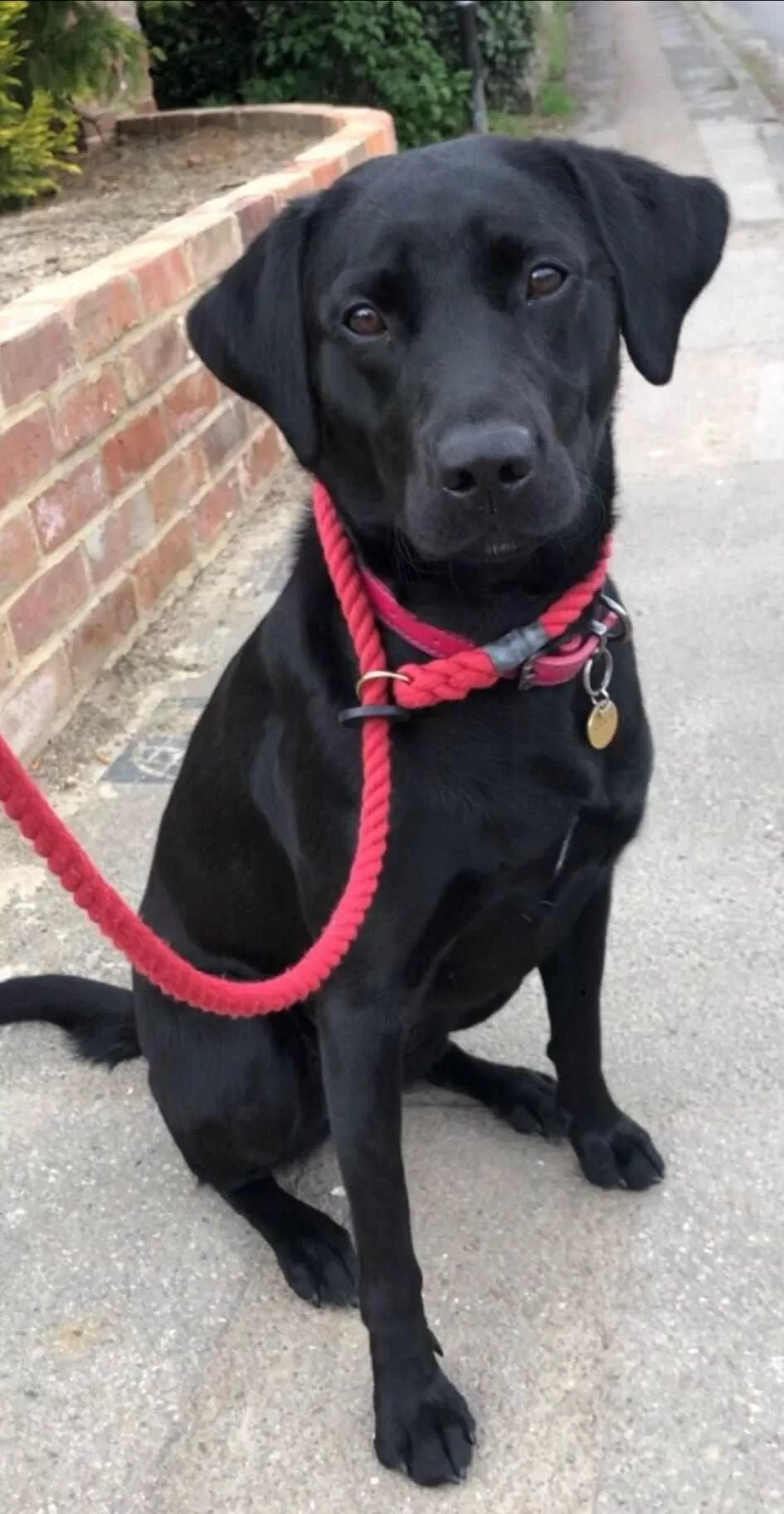
Next, you will need a martingale collar. This is a safety collar that will not slip over a dogs head if going forward or back , it will have a half check chain at the front which is the safety aspect to the collar. If dogs spook or go into fight or flight mode, this particular type of collar will stay in place unlike fixed collars that easily come over heads.
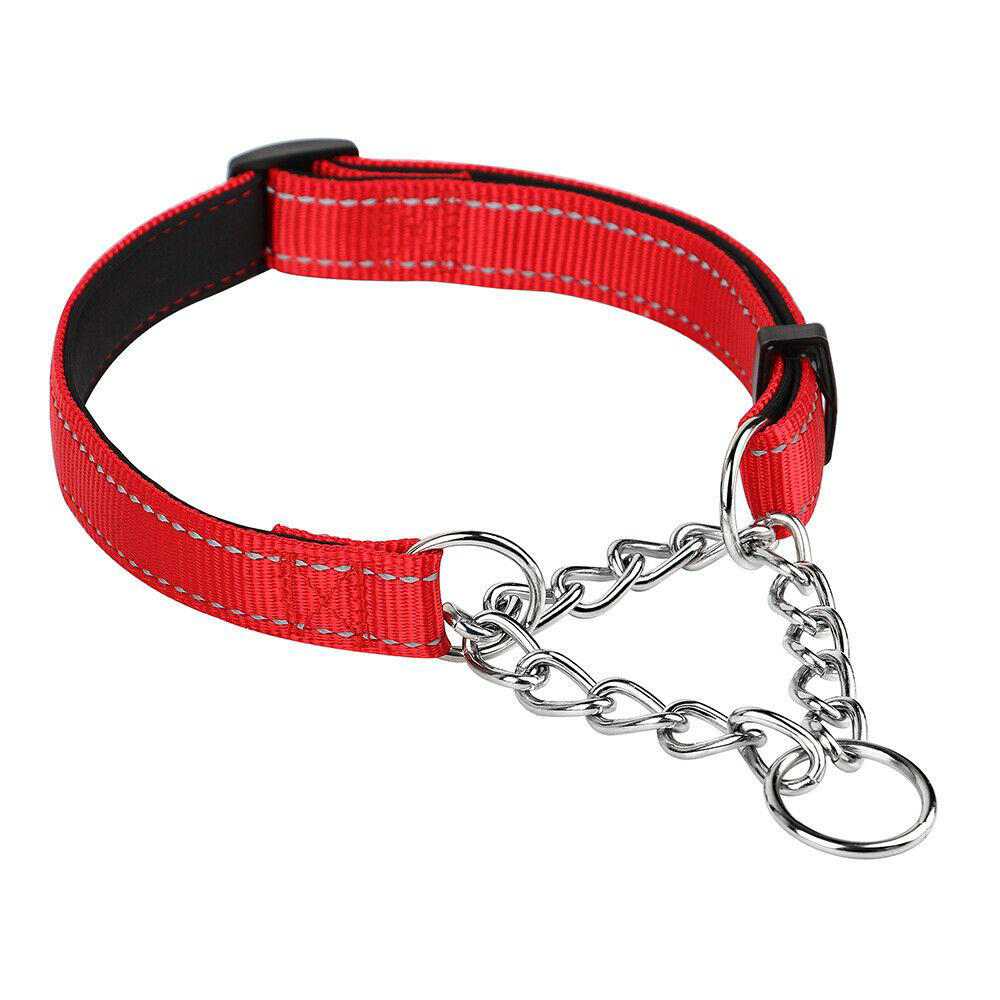
A harness should be a three point harness, with two straps under the tummy. Again these are safer to use and less likely to come off easily, remembering your dog may never have been walked out on roads and could be noise reactive.
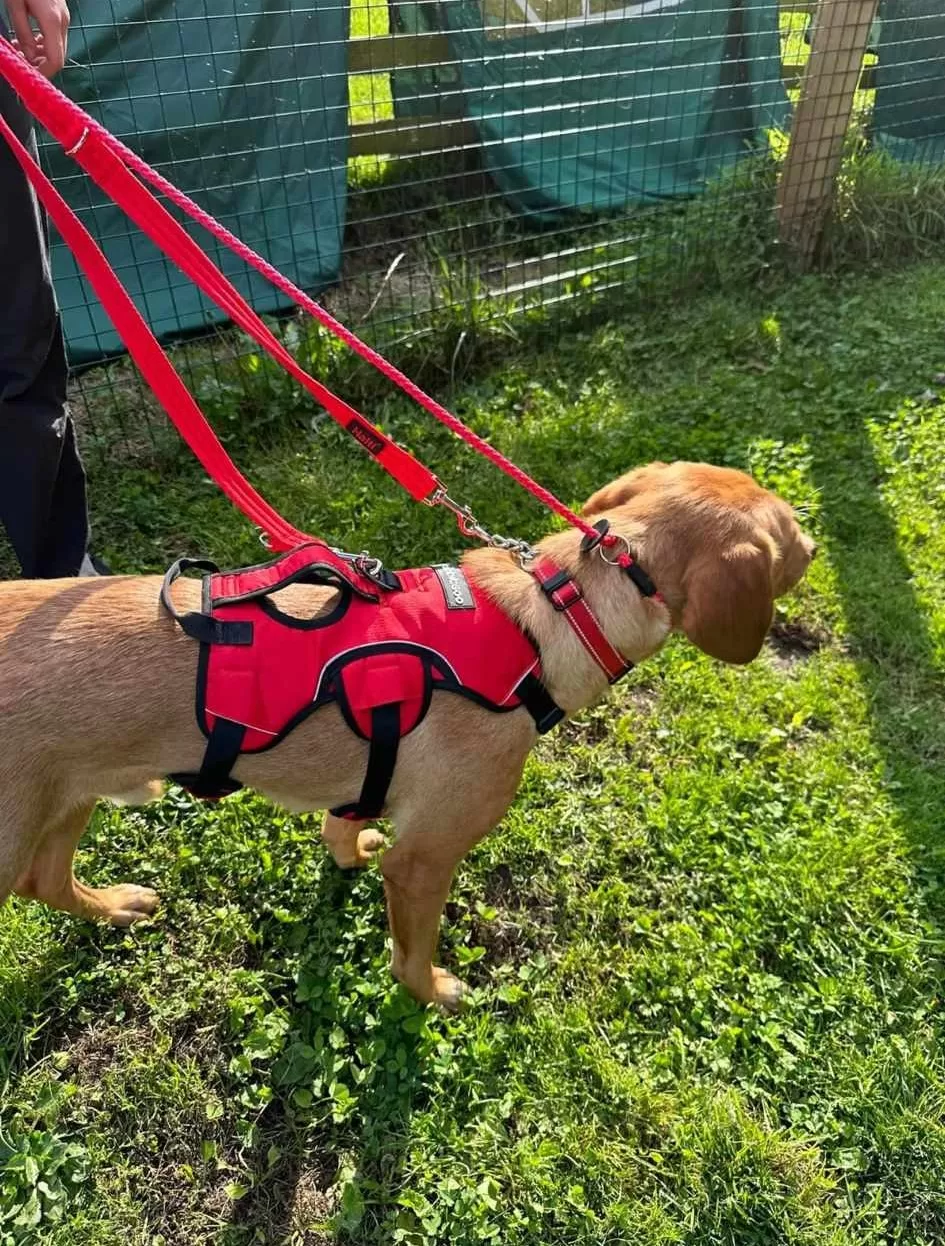
A double lead which is soft and comfortable to hold, will attach to the collar and also attach to the top of the harness giving you more control. The straps at the front should fasten between the front legs and NOT across the shoulders as this has been shown to cause restricted shoulder movement and shortening of joint tendons. PLEASE ensure the clip of the lead is attached to the chain part of the collar that is hanging down to create a safety aspect.
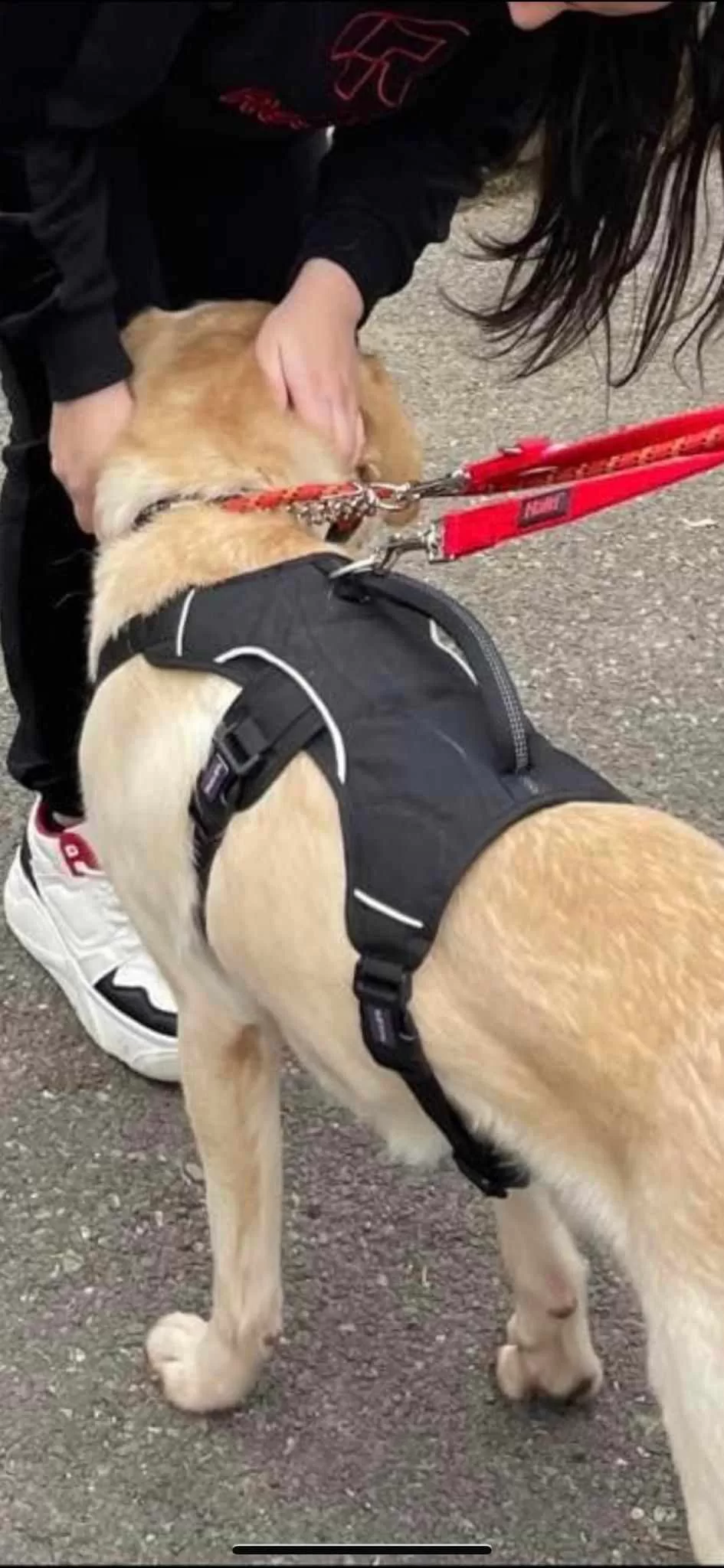
A car seat belt, legally all dogs must be restrained whilst travelling either in a crate or fastened via a seatbelt to the back of a harness, not a collar.
On pick up if you are travelling alone you will only be allowed to take your dog home if you have an appropriate crate ( Not a soft material Crate). If you have a second passenger then your dog may be fastened onto the back seat with that passenger via a seatbelt attached to their harness. This is for your safety and your dogs and is a requirement.
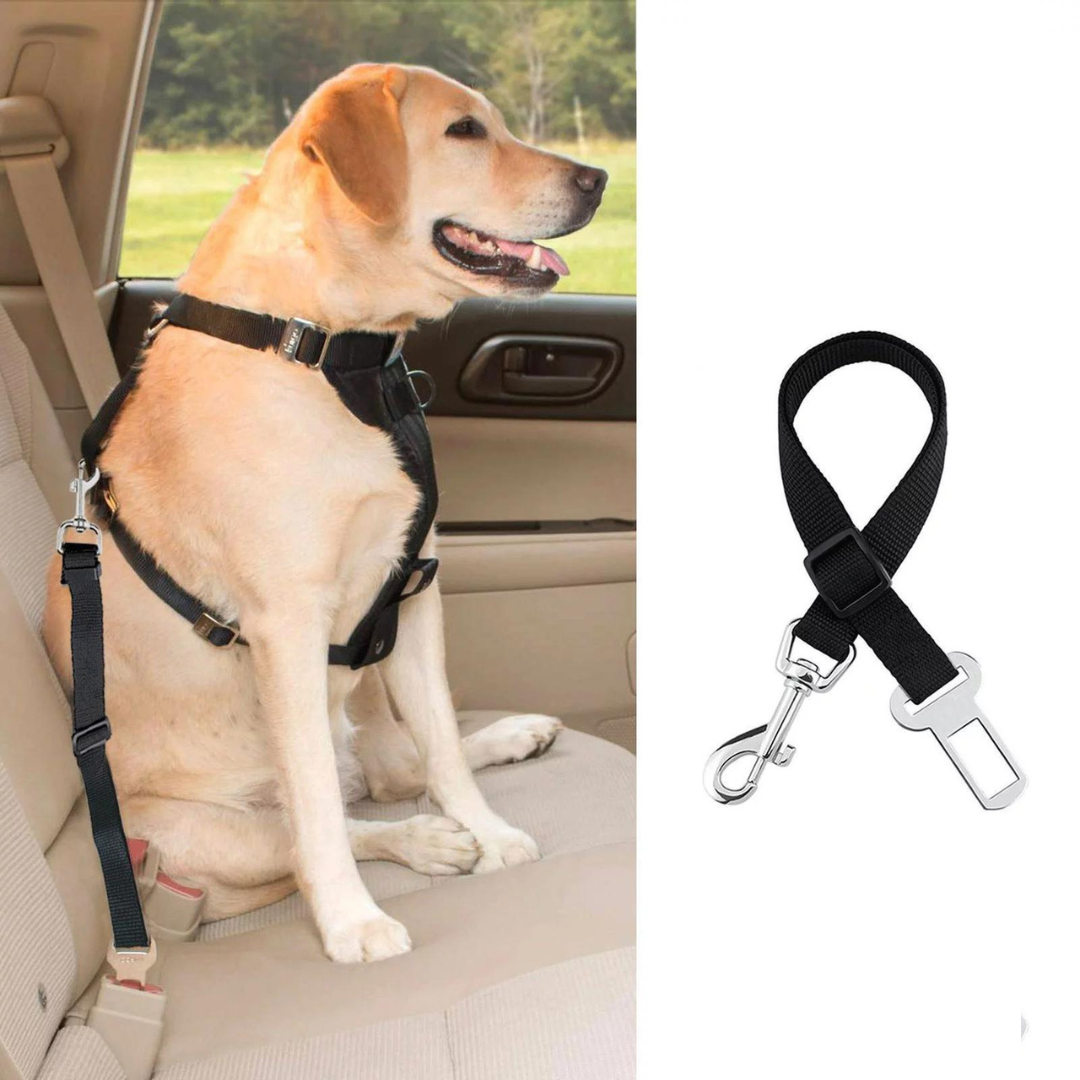
Nutrition is so important to a dog's future health and behaviour. There has been lots of research conducted and concluded that a "brain to gut axis" is present and behaviour is very much affected by the food being given. Most dogs will eat anything so just to remember just because they’ll eat it doesn’t always mean it’s good for them.
With this in mind, we can suggest the following food transition to either raw feed or dry feed.
Dry kibble feeding can be given and we recommend you start with a sensitive dry kibble such as AVA Sensitive but this would need scaling up to a food with a higher nutritional value once the dog's tummy has settled.
We recommend you visit the website called allaboutdogfood.co.uk and view the nutritional value of various dog food brands and go for a brand that is high quality and has a carbohydrate content lower than 25 per cent, at a budget to suit you. Brands that we recommend include Acana, Wolfworthy, Eden, Orijen, Carnilove.
Raw feeding will give your dog higher nutritional value, fewer potential allergies, less chance of itchy skin and ears, better digestion with less waste, a shiny coat and usually better dental health.
We also recommend adding a prebiotic and probiotic to their food. This helps to create and promote a healthy gut biome. This can be purchased from our sponsor JP Holistic Nutrition Pet Supplements. Use code Doggy10 for 10% off your purchase. This product contains bentonite clay which will soak up excess waste and toxins from the gut promoting a healthier poop and leaving no waste material behind to block the anal glands.
All dogs will eventually adjust to a healthier eating pattern. Some will appear exceptionally hungry and could well be underweight. Food is very much of “high value” and possibly a means of survival therefore you may need to slow down their rate of eating by using a ‘slow feeder bowl’ and enriching feeding. Please do not test your dog around feeding from his bowl, this is extremely dangerous. Ensure that all dogs are fed separately and out of competition from other dogs, this can be a major cause of fighting and we need you to understand the reasons behind this.
Do not be tempted to overfeed at this stage as tummies will be sensitive and you will need time to allow your dogs digestion system to adjust.
Please limit access to areas of the house where there is food and food preparation as these areas will be of particular interest to dogs and may be tempted to ‘counter surf’ your work surfaces. Ensure you have management of these areas and limit access.
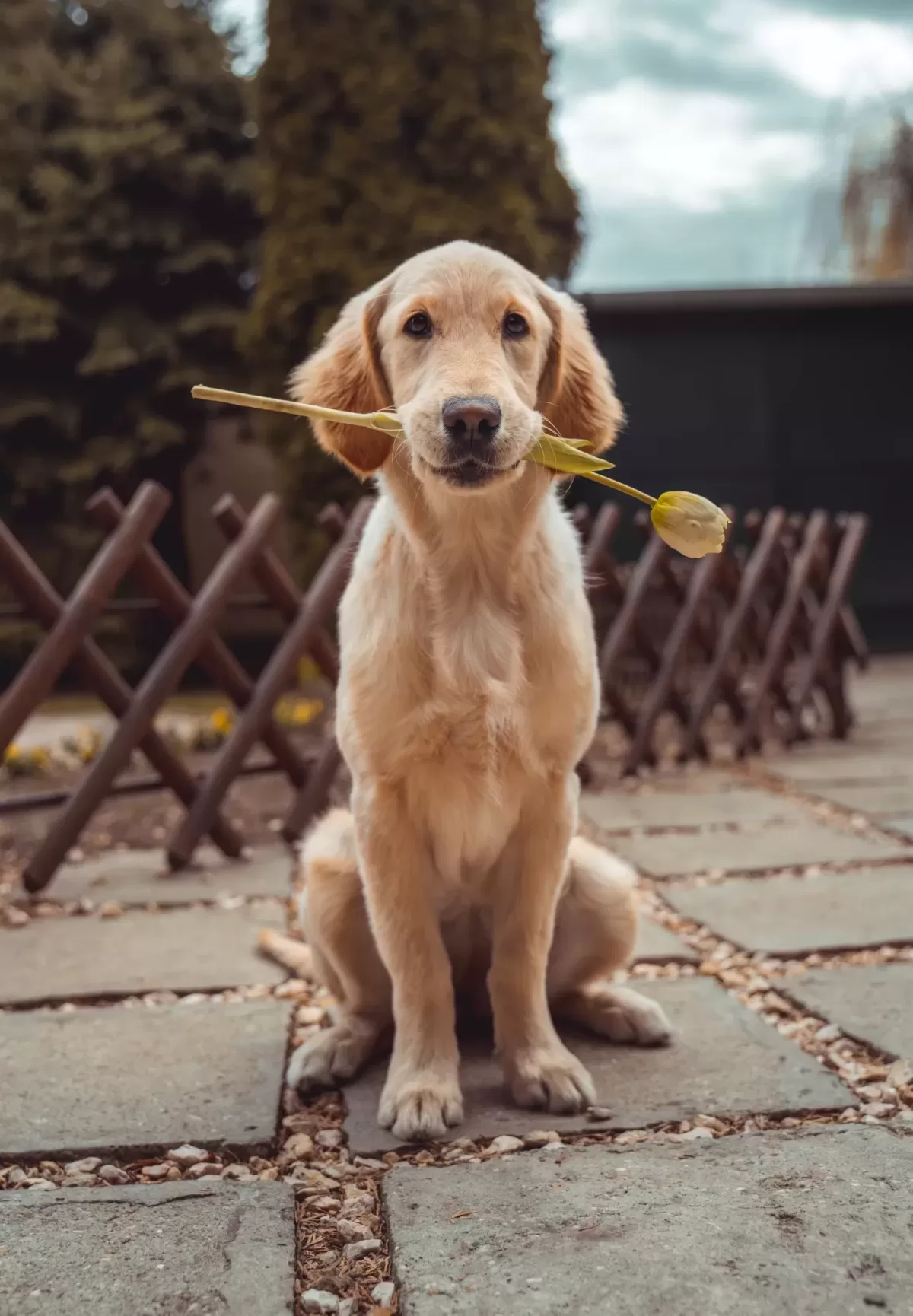
Setting up a safe space for your dog and allowing time and patience. We advise you to allow the dog to show you what it is comfortable with. Remember dogs will very easily guard what becomes valuable to them which is why we suggest not allowing them free access to your full house to begin with, not going on sofas and beds, minimal interaction with other dogs and children to allow this decompression time.
It is extremely important that you understand what decompression is and what trigger stacking is to understand how your dog will initially feel on arrival. Dogs sensory overload will be high and we advise and suggest you allow at least 3 days of quiet time. Indoor leads should be attached which gives you a management tool to move your dog away or off areas you don’t want them in or on, safely and calmly without having to grab them or their collars.
Leads should remain on whilst in gardens and no walking outside of the house is permitted for at least 3 days (Defra Requirement). Some dogs coming from a rescue situation may have never
been taken out on a walk and this would be seen as a pressure on them situation. Please adhere to the advice given regarding when to walk out and start with short walks without any introductions to other people or dogs, creating a positive experience for your dog slowly. Ensure all the recommended safety equipment is on your dog fitted correctly so the dog won't get loose if spooked. Walking may feel like the “normal” thing to do when getting a dog but for a rescue dog, this can be a frightening experience.
For the first few days we recommend you follow the advice set out below:
Slip lead straight on and can be used as an indoor lead.
Immediately offer water to drink after getting off transport.
Allow dogs to wander around the garden on a slip lead or long slip lead sniffing out an area to toilet. TRY NOT to overwhelm the dog with attention or affection at this point, remember you are a stranger at this stage.
Allow dogs to have a sniff around your home if they seem interested, some will prefer to go straight into their safe space which should be set up prior to arrival in a quiet part of the house away from the hustle and bustle. Allow them to rest and sleep undisturbed as usually these dogs are extremely tired from the journey.
Offer some food at a later time, this can be given in the crate to build up a positive association with the crate, the crate needs to be seen as a safe place where good things happen so this is something to be worked upon for the first few days. Think of it as the dog’s bedroom.
Do not to walk your dog for 3 days as per DEFRA requirements.
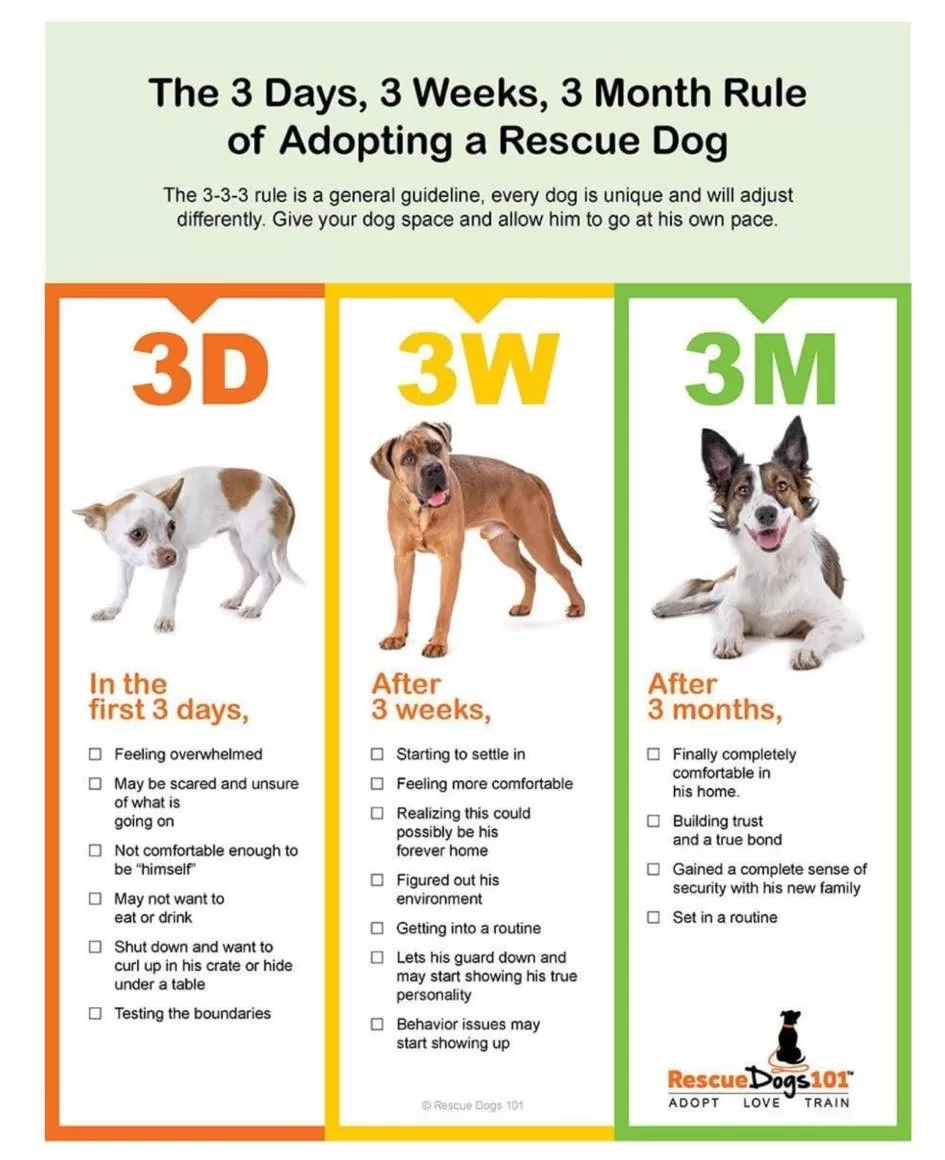
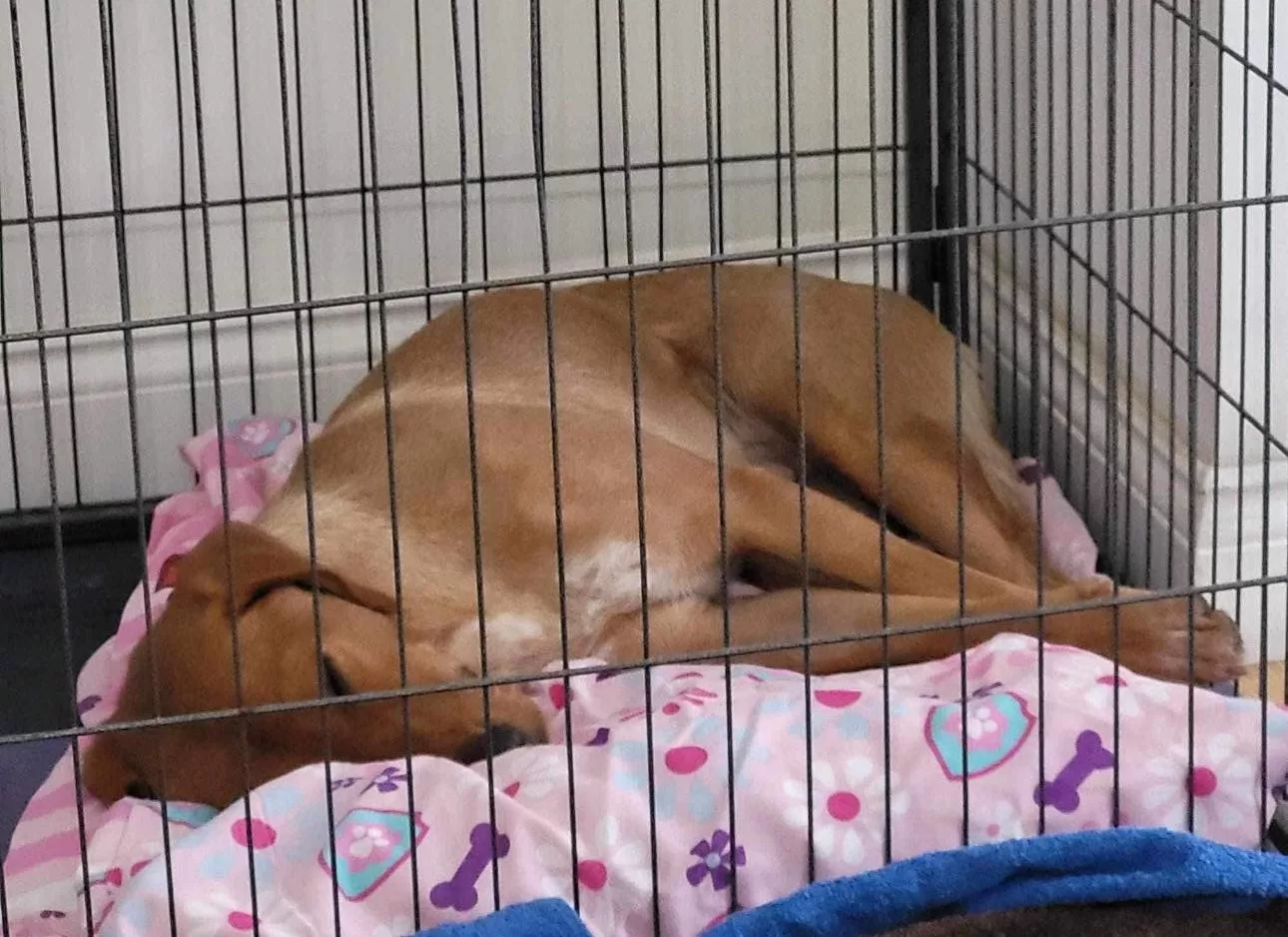
Concentrate on toileting and resting, allow the dog to observe you and start engaging with you using eye contact. Please do not flood the dog with loads of toys at this point, again remember this could all be new for them and potentially they could guard anything that is valuable to them. Control the play time and bring a toy out to see their reaction, play a little and return the toy away from reach.
Being of value to your dog is the start of a relationship, one that needs to be built up slowly. If you go too fast or expect too much too soon, you could provoke an undesirable reaction.
Please keep your children safe at this point, do not leave them unsupervised with the dog at this stage, please prepare your children to follow your instructions and do not allow children to jump around, lie on the dog etc. The dogs will be very unsure of this behaviour to begin with. You are all strangers to each other at this point.
Do not place the crate in a kitchen area due to the increased stimuli within this area i.e. food smells, food prep, counter surfing access.
This is not the most important thing at this stage. This will come slowly and will need a slow introduction to the outside world. Dogs must be kept on a lead in the garden at all times for the first week, you can use a longer lunge rein lead in the garden but please do not allow to be loose to begin with, dogs may try to escape and can clear high fences if in flight mode.
Please think of safety at all times.
When it is time to walk out, please ensure all the safety equipment previously discussed is applied and you start with a short walk around where you live so that the dog can start to build up a route back to its home. At this stage avoid other dogs and strangers walking up to the dog. Try to keep the walks short and a positive experience for them.
Remember, for some dogs, walking is a new experience and when you have placed them on a lead, they may feel vulnerable and nervous. Walking to heel is paramount to your training and this needs to be practised firstly at home to start the engagement with your dog.
All dogs should be taught to walk to heel, leaving you as the decision maker, not the dog.
You should walk your dog, the dog should not walk you.
